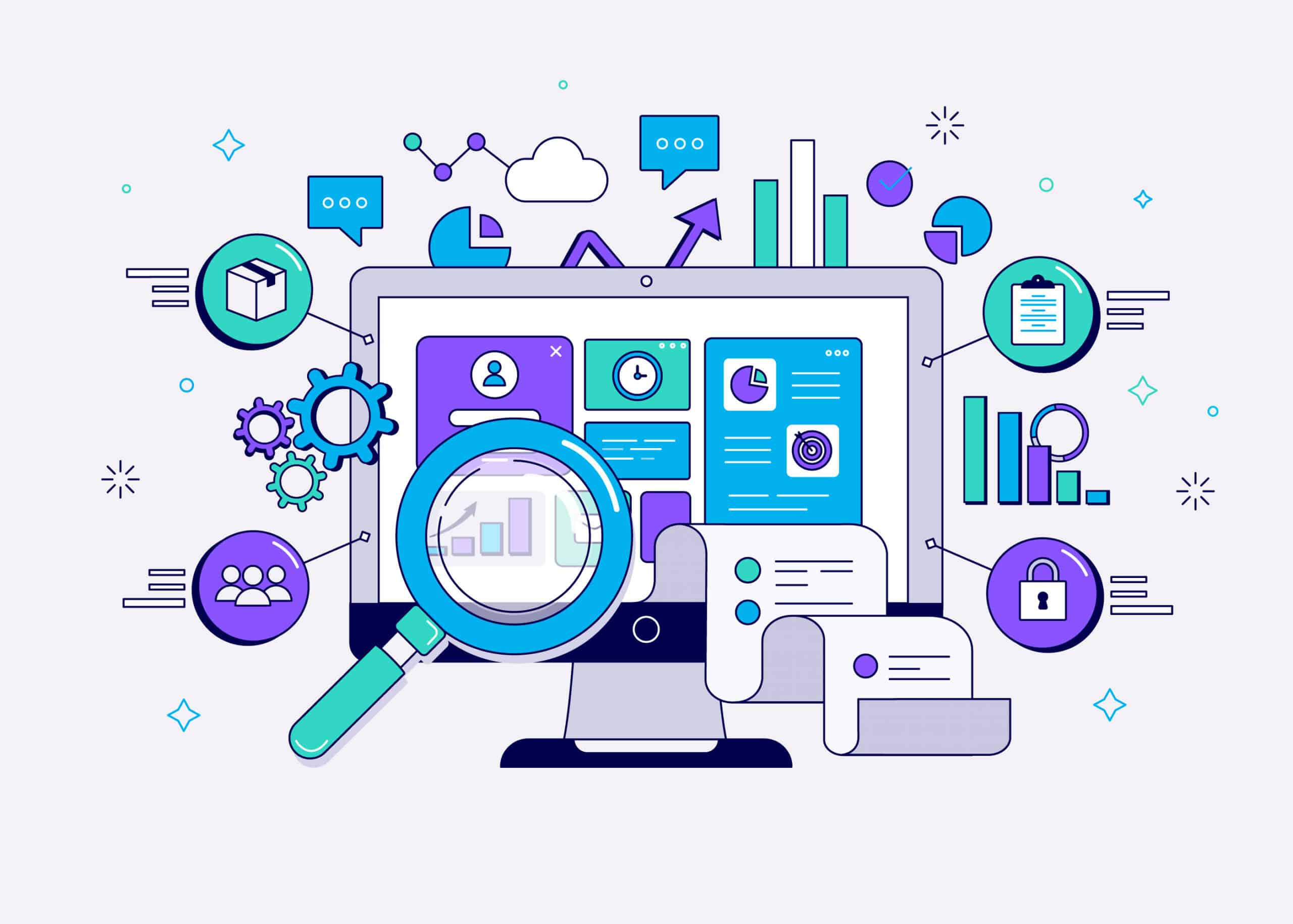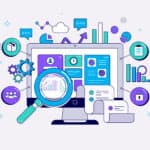
This blog post delves into the profound significance of self-serve tools, shedding light on their impact on productivity, autonomy, and overall efficiency. We’ll explore how these tools can be seamlessly integrated into your software development environment, empowering your team and expediting the development lifecycle.
The Significance of Self-Serve Tools
From configuring intricate development environments to effortlessly managing dependencies and deploying applications, the integration of self-serve tools marks a pivotal evolution in the development lifecycle. This paradigm shift not only streamlines processes but also empowers developers with newfound autonomy, a key ingredient in fostering a culture of innovation and creativity within the development ecosystem.
Boosting Productivity
Self-serve tools serve as a catalyst for productivity, allowing members to access essential resources without encountering unnecessary delays. Whether it’s updating profiles, signing off on contracts, or displaying availability, the availability of these tools significantly enhances the efficiency of the entire development lifecycle.
How Self-Serve Tools Can Benefit Members
Self-serve tools offer several benefits to members, enhancing their overall experience and engagement within a community or organization. One key advantage is the streamlined process of membership renewal. With the option to automatically renew and pay dues through self-serve tools, members can enjoy uninterrupted access to resources and services without the hassle of manual renewal processes.
These tools empower members to actively participate in shaping the community. By providing a platform to submit feedback, individuals can share their insights, suggestions, and concerns, fostering a collaborative environment that evolves based on the collective input of its members.
Online training and certificate tracking are seamlessly integrated into self-serve platforms, enabling members to complete courses at their own pace and conveniently manage their certification progress. This flexibility not only accommodates diverse schedules but also promotes continuous learning within the community.
Connecting with fellow members becomes effortlessly accessible through self-serve tools. By registering for events, members can broaden their network, stay informed about relevant gatherings, and actively participate in the community’s activities. This connectivity extends to forums and community spaces, where members can engage in discussions, seek advice, and provide support to one another.
A personalized experience is at the forefront of self-serve tools, allowing members to tailor their interactions based on individual preferences and requirements. From a personalized dashboard to customized reporting and targeted content, these tools empower members to navigate and access information in a way that suits their unique needs.
Reducing Bottlenecks
Empowering members to research and navigate the platform with self-serve tools, provides members more value for their membership, reduces transaction time (i.e., they can sign contracts or update availability ASAP) and creates a better overall membership experience.
For admin staff, they can be freed up from answering calls and making basic changes for members that are marginal and can be directly handled by the members (ie., picture change, updating a resume, updating location or certifications).
Self-serve tools can reduce barriers to performing day-to-day tasks for all stakeholders, providing member-based organizations with better engagement with their members, creating loyalty and enabling the administration to focus on long-term strategy, vision and big-picture tasks.
Scope of Work & Timeline
To effectively implement self-serve tools in your software development environment, it’s essential to follow a well-defined scope of work and timeline. This structured approach ensures a smooth integration process. Let’s break down the key phases:
Define Problems
Identify the pain points and challenges within your current member portal. This could include delays, dependencies on other teams, or bottlenecks that hinder progress.
Strategy & Ideate
Develop a strategic plan to address the identified problems. Ideate on potential solutions, considering the unique needs and dynamics of your development team.
User Research, User Flow, Site Maps
Conduct thorough user research to understand the preferences and requirements of your development team. Create user flows and site maps to visualize the user journey within the self-serve tools.
Sketch, Wireframes & Visual Design
Translate your ideation into tangible designs. Create sketches, wireframes, and visual designs for the self-serve tools, ensuring an intuitive and user-friendly interface.
Development
Initiate the development phase, implementing the chosen tools and features. Collaborate closely with your development team to address any challenges or refinements needed during this stage.
Deploy & Launch
Once the self-serve tools are developed and tested, proceed with deployment. Launch the tools within your development environment and gather feedback for continuous improvement.
In the fast-paced realm of software development, the strategic integration of self-serve tools emerges as a cornerstone for accelerating the development lifecycle and cultivating a culture of autonomy and innovation. By implementing Infrastructure such as Code, containerization, CI/CD pipelines, and other self-serve tools, you empower your development team to work more efficiently and collaboratively. Embrace the transformative power of self-service, and witness the positive and lasting impact on your software development processes.
At Mantrax, we specialize in crafting tailored software solutions that empower development teams to reach new heights of productivity and innovation. Our expertise in self-serve tools, including Infrastructure as Code, containerization, and CI/CD pipelines, ensures a seamless integration that aligns with your unique needs.
Book a discovery call with us and learn how Mantrax Software Solutions can be the catalyst for positive change in your software development processes. Let’s embark on a journey of innovation together!





